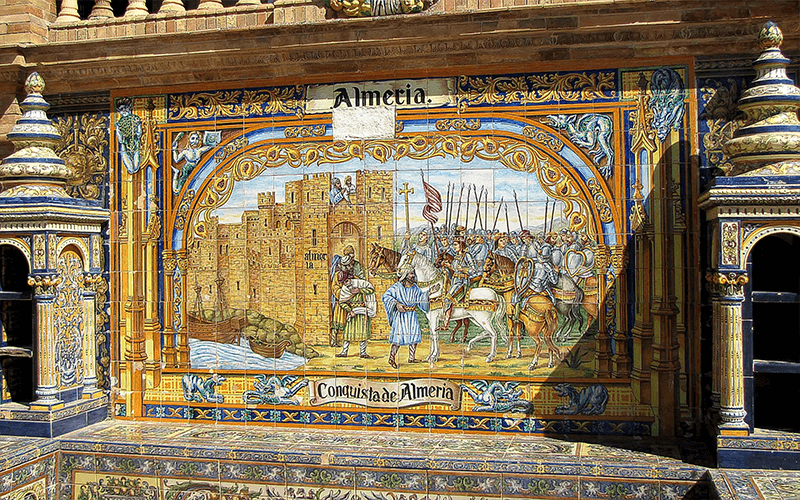Welcome to Naveen Ceramic & Vitrified Tiles...

Naveen Complex,
7th and 8th Floor,14, M.G.Road, Bangalore – 560001

Send your mail at

Have any question?
A Journey through the Evolution of Tiles

Tiles have been an integral part of human civilization for thousands of years. From the earliest forms of ceramic tiles in ancient Egypt to the modern-day tiles used in construction, the evolution of tiles has been a fascinating journey. In this blog post, we will explore the history of tiles and how they have evolved over time.
The word “tile” is derived from the French word “tuile,” which comes from the Latin word “tegula,” meaning a roof tile composed of fired clay. The use of tiles dates back to ancient times, with some form of ceramic tile in existence for more than 25,000 years.
The earliest tiles were made from naturally occurring regional materials, such as clay, rocks, sand, and other local materials. The makers of the first tiles used various combinations of these materials, and the creation methods were inconsistent.
Tile as we know it today dates back to around 4,700 B.C. in Egypt, where it was used for decorative purposes. The Egyptians used a technique called “faience” to create tiles, which involved pressing a design into a clay slab and then filling the impression with white pipe clay. After further drying, the tile was shaved flat, and a glaze of lead ore was sprinkled onto the surface before firing.
The Romans also made extensive use of tiles, particularly for roofing. They developed a variety of tile shapes, including flat tiles, Roman tiles, and pantiles, which allowed adjacent tiles to interlock. Certain shapes of tiles, most obviously rectangles, can be replicated to cover a surface with no gaps. These shapes are said to tessellate (from the Latin tessera, “tile”).
During the Middle Ages, tiles were used extensively in Islamic architecture, where they were used to create intricate geometric patterns. The Moors introduced the technique of “cuerda seca,” which allowed for the creation of tiles with raised outlines that could be filled with different colors. This technique was later adopted by the Spanish and Portuguese.
In the 19th century, the mass production of tiles began, and their increasing cheapness and ease of installation in all areas of houses led to a constant and growing demand. The Victorian era saw the development of the process of dust-pressing, which is the most common modern manufacturing method. This process involves pressing a mixture of clay and water into a mold and then firing the resulting tile at high temperatures. The tiles are then glazed and fired again.
Today, tiles are used in a wide variety of applications, from flooring and roofing to decorative accents. They are available in a vast array of colors, shapes, and sizes, and can be made from a variety of materials, including ceramic, porcelain, glass, and natural stone. The use of tiles has also expanded beyond traditional applications, with tiles now being used in furniture, art, and even fashion.
In conclusion, the evolution of tiles has been a long and fascinating journey. From the earliest forms of ceramic tiles in ancient Egypt to the modern-day tiles used in construction, tiles have played an important role in human civilization. The development of new manufacturing techniques and materials has allowed for an ever-expanding range of tile applications, and the future of tiles looks bright.
Want a makeover or start a new construction project? Connect with us on www.naveentile.com for all your tiling requirements.
